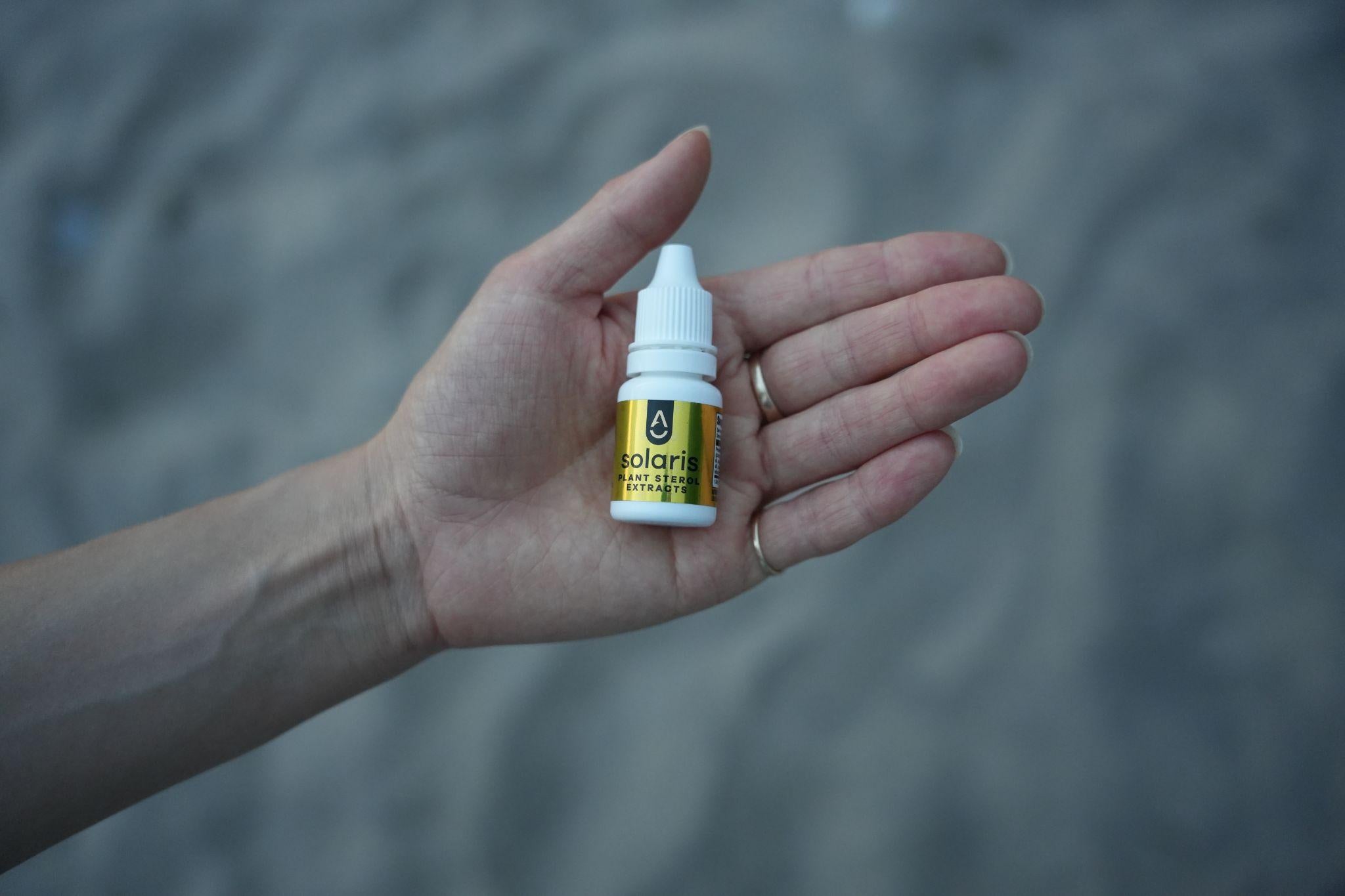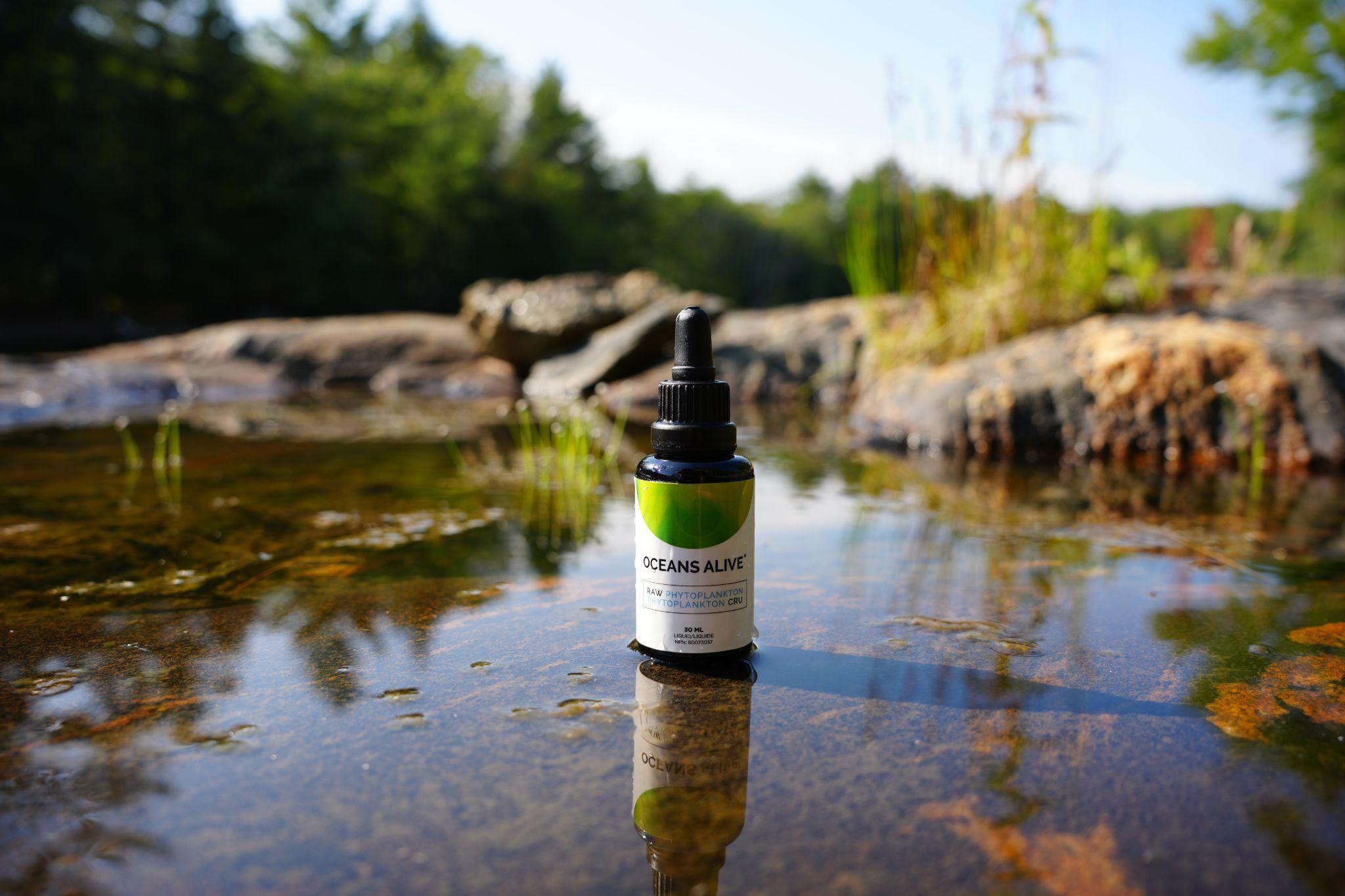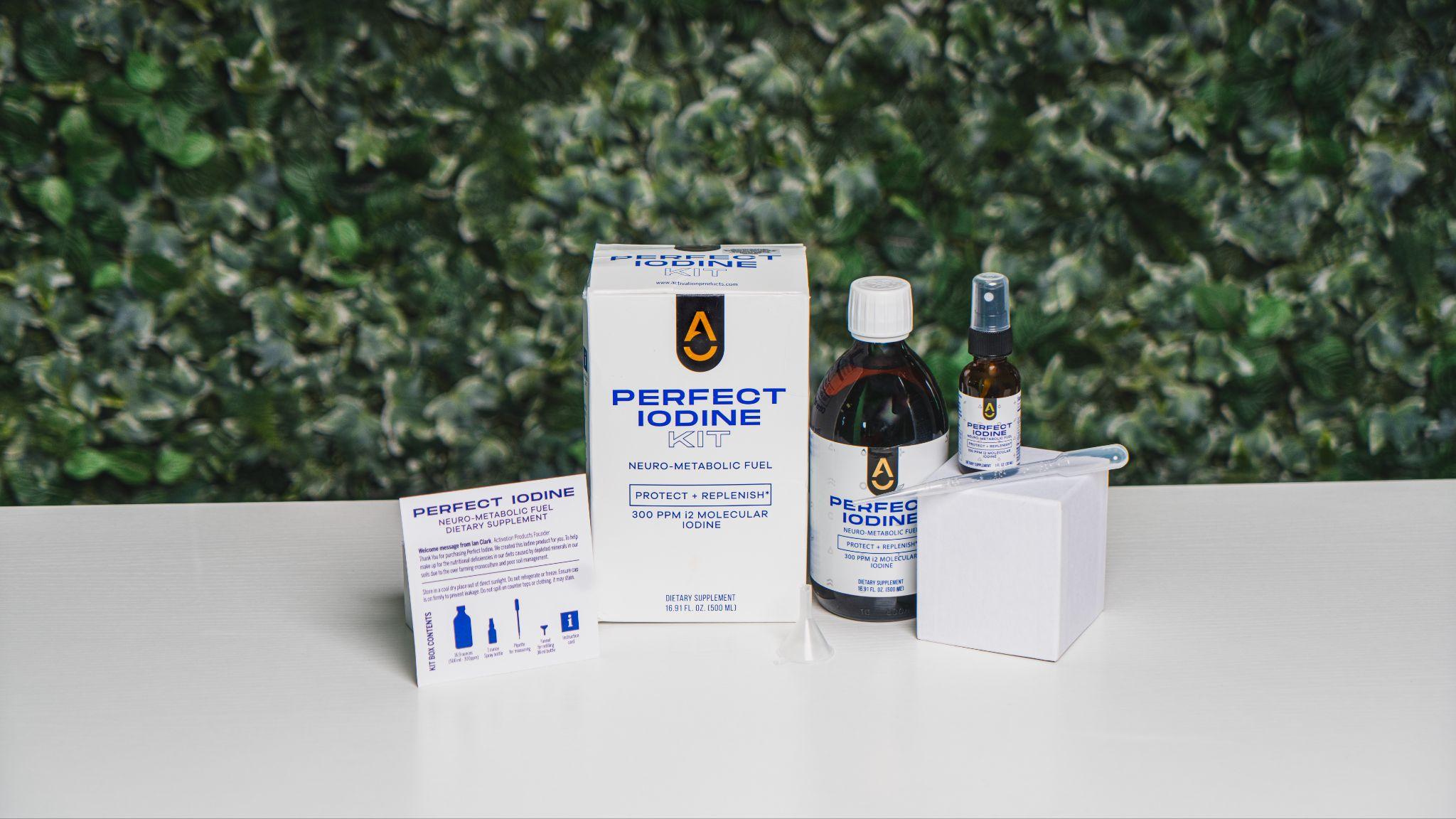
White teeth. Fresh breath. More energy. Better health.
Keep those benefits in mind, because I’m betting you’re going to think the next part is pretty weird.
Take some oil. Put it in your mouth. Swish. For twenty minutes.
Wait… You want me to what?
I know, that’s probably what you’re thinking. And yes.
It’s called oil pulling and it involves swishing a tablespoon of oil around your mouth on an empty stomach for 20 minutes a day. Oil pulling is an ancient Ayurvedic practice also known as Kavala (the act of swishing oil around your mouth) or Gundusha (holding oil in your mouth). It’s noted that oil pulling offers a wide range of benefits, including whiter teeth, increased energy, clearer sinuses and healthier gums.
Many people report cleaner feeling teeth and gums and fresher breath right away when they add oil pulling to their daily routine.
Oral Health for Overall Health
What we often overlook is that oral health contributes to overall wellness. As livescience.com points out, “maintaining good oral hygiene is also important for your overall health, research suggests. In some cases, oral problems can be a symptom of other diseases, such as diabetes. Research has also linked gum disease to heart disease, premature birth and even knee arthritis.”
If you let oral hygiene fall by the wayside it can lead to bacteria buildup which can make its way to other parts of your body. Health Canada notes that cavities and gum disease may contribute to many serious and unexpected conditions, such as diabetes and respiratory diseases. Gum disease specifically can lead to the loss of teeth and increases your risk of more serious diseases, such as respiratory disease. The bacteria in plaque can travel from the mouth to the lungs, causing infection or aggravating existing lung conditions. The CDC states “that oral health means much more than healthy teeth, and is integral to the general health and well-being of all Americans.”
What’s exciting about oil pulling — odd as it may seem — is that it’s a simple health habit that can be easily added to your morning brushing and flossing routine.

Evidence for Oil Pulling
Despite its long history in Ayurveda, for a long time oil pulling wasn’t explored much by the scientific community and didn’t have much popularity in the West. Recently, though, some studies on the efficacy of oil pulling have been published and several promising conclusions have been found.
The National Center for Biotechnology Information lists two different studies that suggest positive outcomes from oil pulling with either coconut or sesame oil.
In one study, oil pulling was found to be helpful for decreasing plaque and gingivitis when used in combination with other oral hygiene practices like brushing and flossing. In that study the participants already had gingivitis. Adding oil pulling to their routines led to a significant decrease in both plaque and signs of gingivitis after 30 days.
In another study, sesame oil was found to be equally effective as chlorhexidine (an oral mouthwash) for reducing bad breath and the microbes in the mouth that cause it. The researchers concluded from this that oil pulling can be promoted as a preventative home care therapy for halitosis (chronic bad breath).
How to Oil Pull
It’s important to choose a high-quality food-grade oil. It should be organic, cold-pressed and unrefined to avoid rancidity. It’s best to purchase oils that are stored in dark glass so sunlight can’t get at them. That makes sure that they don’t become rancid after pressing.
In addition to choosing your oil carefully, it’s also important never to swallow the oil when oil pulling, because the oil is literally pulling bacteria and toxins from your mouth. Swallowing the oil would carry those toxins further into your body, defeating the purpose of pulling them from your mouth.
Here’s how to make oil pulling a healthy part of your day:
- Try to get in the habit of oil pulling first thing in the morning, on an empty stomach.
- Keep your oil somewhere where you will see it every morning. Some people like to leave their oil and a spoon in the bathroom, others keep it near the coffee maker. Just be sure that it’s out of direct sunlight.
- Put 1 tablespoon of oil into your mouth and swish it around. Keep it moving gently around your mouth. If you have an unbearable urge to spit it out or swallow it, you can go ahead and spit and start again with a new spoonful of oil (deducting the time you’ve already done from the total time).
- Some people like to sit quietly in mindful meditation while they oil pull, but others prefer to go about other morning tasks like showering, making coffee or packing the kids’ lunches.
- After 10-20 minutes, spit the oil into a trash can (to prevent clogging drains). Remember, you can start with five minutes if 10-20 minutes is too hard.
- This is optional, but for best results, rinse your mouth with salt water.
Don’t worry, you can start slowly. Oil pulling can be a strange sensation so you might want to start with 5 minutes and build up to 20 minutes as it becomes a more comfortable habit. Even five minutes a day will bring benefits.

Types of Oil You Can Use
Coconut oil
Sesame oil
Sunflower oil
Avocado oil
Coriander oil
Flax oil
You can really use any of these oils, as long as they are organic and unrefined. Some people believe that sesame is best, though there is some evidence that coconut oil yields better results, especially in terms of eradicating certain bacteria. The Healthy Home Economist says that “Virgin coconut oil is the best choice for oil pulling therapy as it is truly “raw” – unheated, unrefined and may contain micronutrients and co-factors not present in expeller pressed coconut oils which are heated as part of the refining process.” You may need to warm up your coconut oil first as it is solid at room temperature.
I personally recommend a tablespoon of coconut (or sesame) oil with a few drops of Perfect Press® Coriander Oil added to it. Coriander has powerful antibacterial properties as well as other health benefits, but it has a very strong taste, making it an unpopular choice for oil pulling on its own. Combined with coconut oil, the flavor is quite refreshing. It goes nicely with sesame too.
With any at home therapy, it’s important to work with your health care practitioners. Some oils are better suited for dry mouths. Others might be better for those with a lot of inflammation due to mild or serious gingivitis. Talk to your dentist or your naturopath, or find an ayurvedic specialist to figure out what is best for you.
So, yeah, oil pulling might be a bit out there, but it can pay off big time for very little money and just 20 minutes a day. The clincher will be when your dentist sees noticeable improvements at your next check up!
Resources:
https://www.ncbi.nlm.nih.gov/pmc/articles/PMC3336527/
http://www.ncbi.nlm.nih.gov/pubmed/25838632
http://www.ncbi.nlm.nih.gov/pubmed/25584309
http://www.ncbi.nlm.nih.gov/pubmed/21911944






Flax Oil for Strong, Thick, Shiny Hair
Your Brain: Myth vs. Reality